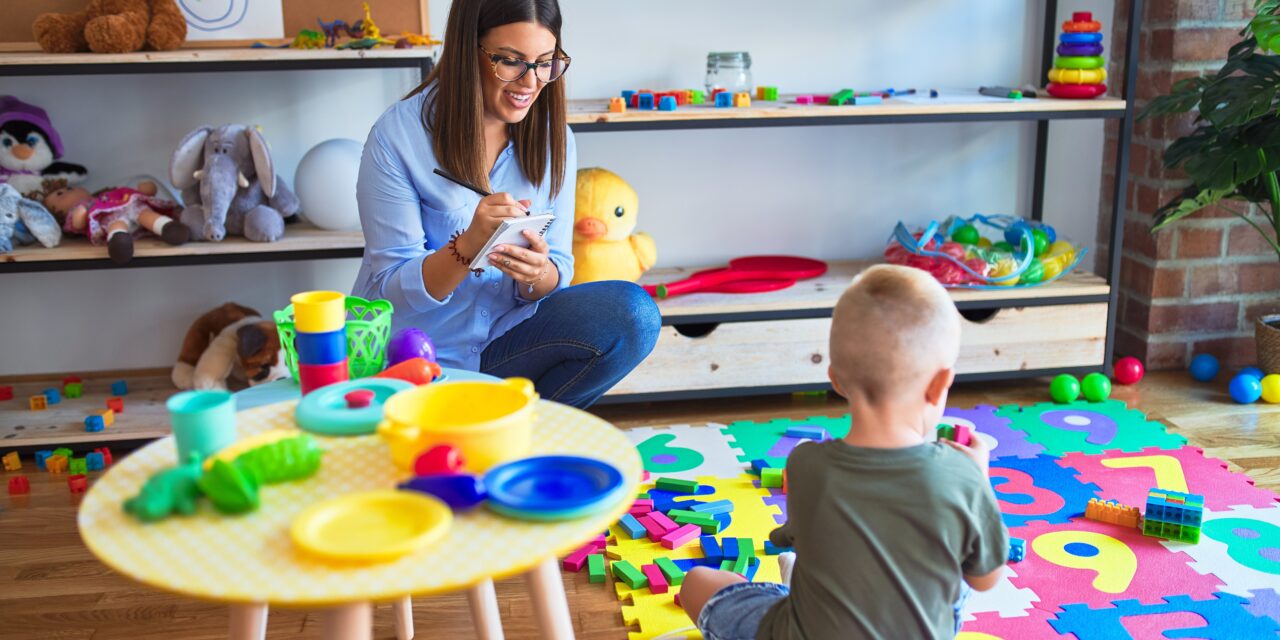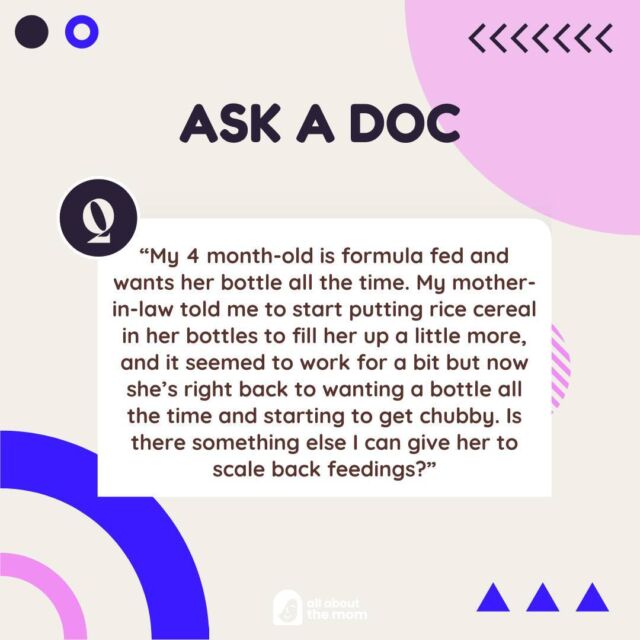The pandemic has taught us quite a lot over the past 2 and a half years.
One of the most obvious to me, though I have to admit not at all surprising, has been just how beneficial early intervention is for our kids. There is an old saying that goes something like, “You don’t know the value of what you have until it’s gone.” And for over a year, early intervention was essentially GONE. (Thanks, Covid!) Ok, so there were some virtual consultations over Zoom and some home programs sent via email. But, come on. Did anyone’s toddler actually benefit from virtual speech sessions? And one of the best parts of early intervention B.C. (you know, “Before Covid”) was the opportunity for the kids to engage in developmental playgroups with peers. There is nothing quite as helpful to the learning process as some peers and natural consequences. And since the shut down in March 2020, these most valuable playgroups have been a thing of the past.
In my role as a preschool OT, I have seen the most shocking transformations over the past 2 and a half years. Before Covid, there was a natural progression and partnership that occurred for children in early intervention as they transition into their school district. Children with disabilities coming in from early intervention would, on average, test at a developmental level 6-12 months behind their chronological age. Almost 3 years later, children with disabilities who have never had early intervention (or at least not in its BC presentation) are testing, on average, 12-24 months behind their chronological age. These numbers are not based on a scientific study, but rather on my own database (containing 30-45 evaluations per year over the past 7 years). There seems to be consensus among my peers, as well. That is, they are seeing similar trends. To me, the depressing results of the lack of early intervention are one of the best indications that – early intervention WORKS!
Why does early intervention work so well? There are several great aspects that help early intervention make a world of difference.
1) Transdisciplinary Model
In early intervention, one provider tends to deliver all of the services that the child needs. For example, you may have a single developmental specialist visiting your home every week, and they work within multiple domains: communication, motor skills, and self-regulation. It is effective to have all developmental domains targeted together because the skills are all intertwined. Sensory processing has as much to do with producing language as it does with developing gross motor skills. The provider will take the recommendations and strategies set forth by the domain experts (i.e., OT, PT, or speech therapist) and incorporate them into therapy so that all required areas are being targeted.
2) Contextual Services
It has been well documented that contextual services (services that take place in a child’s natural environment) are the most effective. For a child of under age 3, the natural environment is almost always the home. However, it can also be a daycare, a community center (like a library), or a playground. When in the natural environment, the therapist can better address the environmental, social, cultural, and physical components affecting the child’s performance.
3) Carry-over
Early intervention is a family-based service. It incorporates the child’s caregivers and other household members as appropriate. This allows the provider to observe and intervene in parent/child or sibling interactions, and to model techniques and strategies for the caregivers to carry over once the provider leaves. The therapy usually occurs once or twice per week. That is not enough time to work on a skill in order to make effective progress. By including the caregivers and transferring some of the therapeutic responsibility to them, there is more opportunity for practice and progress towards the targeted skill or skills.
4) It is early
Typically, the younger the child is when the needs are identified and therapies are implemented, the better the potential for improvement. Children under the age of 3 have very plastic brains and are in a “golden window” period of learning. It is a great time to intervene to gently guide them towards learning in a way that will help them to acquire the right skills at the right time. The longer you wait before intervening, often the more challenging it can be to affect change. This can be a difficult thing to talk to parents about because it often comes with guilt about not intervening sooner. But I always say, today is better than tomorrow. If you have any concerns, even in the back of your mind, that there is something your child needs a bit of extra help with, do not hesitate to pick up the phone and call your local early intervention agency.
While the information laid out in this article refers to early intervention specifically, the concept of intervening early applies across the lifespan.
Do not worry if your child has aged out of “early intervention.” If your gut tells you something may be off, don’t wait. Talk to your child’s pediatrician, refer them to the public school system, or contact a private OT or speech therapist.
About the Author
Rebecca Erwin, OTR/L
Co-Owner, Executive Director
The Lark Center
Rebecca is an occupational therapist and co-founder of The Lark Center for therapeutic play and learning in Norwood MA. She also works in a Dedham area preschool. She specializes in sensory processing, feeding therapy, and early motor development. Rebecca received her Master’s Degree in Occupational Therapy from Tufts University in 2015 after having a previous career in the performing arts.
Rebecca’s has a husband, 3 children, 2 cats and a love of fun. She brings play and leisure (complete with singing, silly voices, and funny faces) into all her therapeutic pursuits. When she is not at The Lark Center or in a preschool classroom, she can be found doing puzzles, playing board games, baking treats, making arts and crafts, listening to audiobooks, or snuggling with her kids.
















